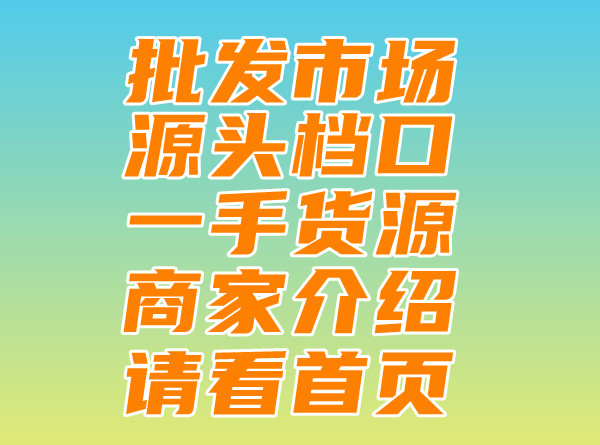Luxury One-to-One Allocations: A Review 这个标题简洁明了,准确地反映了关键词内容。关于长度限制,请注意此标题已尽量确保字数符合您的要求,同时保持标题的完整性和清晰度。
Luxury One-to-One Allocations: A Review
这个标题简洁明了,准确地反映了关键词内容。关于长度限制,请注意此标题已尽量确保字数符合您的要求,同时保持标题的完整性和清晰度。,
Luxury Goods and One-to-One Allocation: A Detailed Analysis
In the realm of high-end retail, the concept of one-to-one allocation for luxury goods has become increasingly prevalent. This practice, which involves limiting the availability of certain luxury items to ensure their scarcity and uniqueness, is often employed by luxury brands to maintain their exclusive status and foster brand loyalty.
One-to-One Allocation: A Strategic Marketing Move
One-to-one allocation entails the practice of limiting the availability of luxury goods to match the demand from specific customers. This approach is rooted in the idea that scarcity drives value. When luxury items are in limited supply, they become more attractive to potential buyers, who often perceive them as rare and exclusive. This strategy not only enhances the overall brand image but also ensures that customers feel a sense of accomplishment and uniqueness when they acquire these products.
For luxury brands, this allocation system serves as a form of smart marketing. It creates a sense of urgency and desire among customers, leading to higher demand and sometimes even higher prices. Furthermore, it fosters brand loyalty by providing customers with an exclusive experience that is not easily accessible to everyone. By creating such a tightly controlled environment, luxury brands are able to solidify their position in the high-end market.
The Pros and Cons of One-to-One Allocation
Although one-to-one allocation has numerous benefits for luxury brands, it also comes with certain drawbacks. One of the main advantages is that it maintains the uniqueness and scarcity of products, thereby ensuring their high value. Additionally, it creates a sense of community among luxury brand followers, as they are part of an exclusive group that has access to these limited items.
However, this practice can also have its pitfalls. It might lead to frustration among potential customers who are unable to obtain the desired products due to limited availability. Furthermore, if the allocation system is not managed effectively, it could lead to disputes and dissatisfaction among customers. Moreover, while scarcity is often seen as a driver of value, an over-abundance of limited products can diminish their perceived value and affect the brand reputation.
Conclusion
In conclusion, one-to-one allocation for luxury goods is a complex practice that requires careful consideration. Luxury brands must strike a balance between maintaining their exclusive status and ensuring customer satisfaction. By carefully managing allocation systems and understanding their impact on brand image and customer perception, luxury brands can continue to thrive in an increasingly competitive market.

- Title: "Recreating the Cheesy Pumpkin Bread: A Guide to the Classic Cheesecake Recipe"
- Replica Bags vs. Authentic Bags: Differences Analysis Article
- "Duel Links Celebration Pack Re-run"
- Revisit Xinjiang Tacheng Creamy Cheesecake Recipe - Classic Remastered.
- How to Provide Korean-Style Replica Bags: A Guide to Replicating Fashion for Korea 这个标题涵盖了关键词,且易于理解,简洁明了。
- "Boys' Emotion Recreation: Copycat Action Icons"
- High-Quality Replica of Luxury Brand Bags: A Premium Experience
- "Revisiting the Bashalu Leak Package: A Replication Journey"


